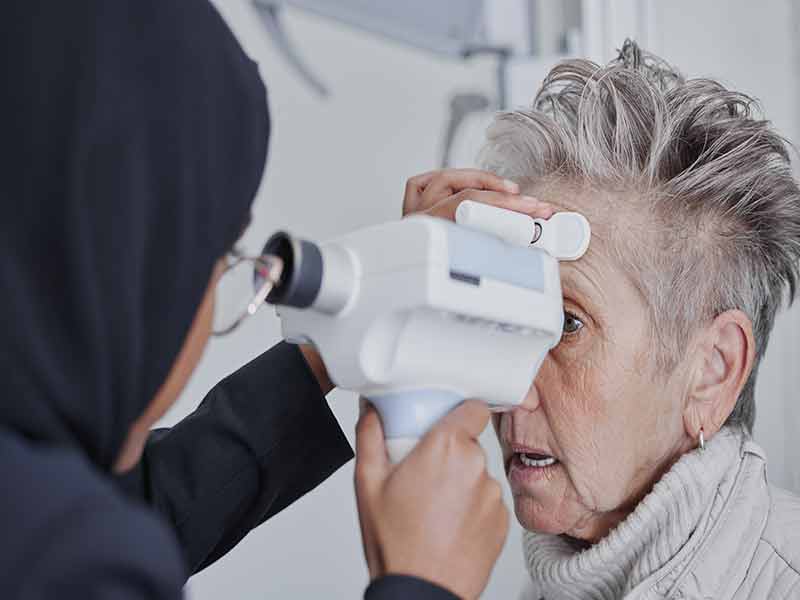Glaucoma is a group of eye diseases that cause damage to the optic nerve, typically due to increased pressure in the eye (intraocular pressure, or IOP). This damage can lead to vision loss and, if untreated, can result in blindness. Glaucoma is often called the “silent thief of sight” because it generally progresses slowly and without noticeable symptoms in the early stages.
What is glaucoma caused by?
Glaucoma is most commonly caused by a build-up of pressure inside the eye. This happens when the eye’s drainage system becomes inefficient or blocked, leading to the accumulation of aqueous humor (a clear fluid in the eye). Factors that may contribute to or increase the risk of glaucoma include:
- Intraocular pressure (IOP): Elevated eye pressure is a key factor.
- Age: People over 60 are at higher risk.
- Genetics: Family history of glaucoma significantly increases the risk.
- Medical conditions: Conditions like diabetes, hypertension, or certain autoimmune diseases.
- Eye conditions: Severe myopia (nearsightedness), previous eye injuries, or surgeries.
What is the early stage of glaucoma?
The early stage of glaucoma is typically asymptomatic. During this stage, the disease begins to affect peripheral vision but does so gradually, making it hard to detect without an eye exam. Open-angle glaucoma, the most common form, is especially silent at this stage.
An early warning sign in angle-closure glaucoma (less common) might include sudden headaches, eye pain, halos around lights, and nausea. Early detection is crucial, so routine eye exams, including measuring intraocular pressure and checking the optic nerve, are recommended.
What is the first treatment for glaucoma?
The first-line treatment for glaucoma typically involves:
- Prescription eye drops: Medications like prostaglandins (e.g., latanoprost) or beta-blockers (e.g., timolol) reduce eye pressure by either increasing fluid drainage or decreasing fluid production.
- Lifestyle adjustments: Aiming to reduce stress and avoid activities that may increase eye pressure.
Regular use of prescribed medications is critical to prevent progression of the disease.
What is the best treatment for glaucoma?
The best treatment depends on the type and stage of glaucoma and individual patient factors, but common options include:
- Medications: Eye drops remain a cornerstone. If effective, they are the least invasive option.
- Laser therapy: Procedures like laser trabeculoplasty for open-angle glaucoma or laser iridotomy for angle-closure glaucoma. These improve fluid drainage.
- Surgery: For advanced cases or when other treatments fail. Techniques include trabeculectomy or implanting a drainage device to reduce intraocular pressure.
The “best” treatment is highly individualized. Regular monitoring and consultation with an ophthalmologist help ensure optimal care.

